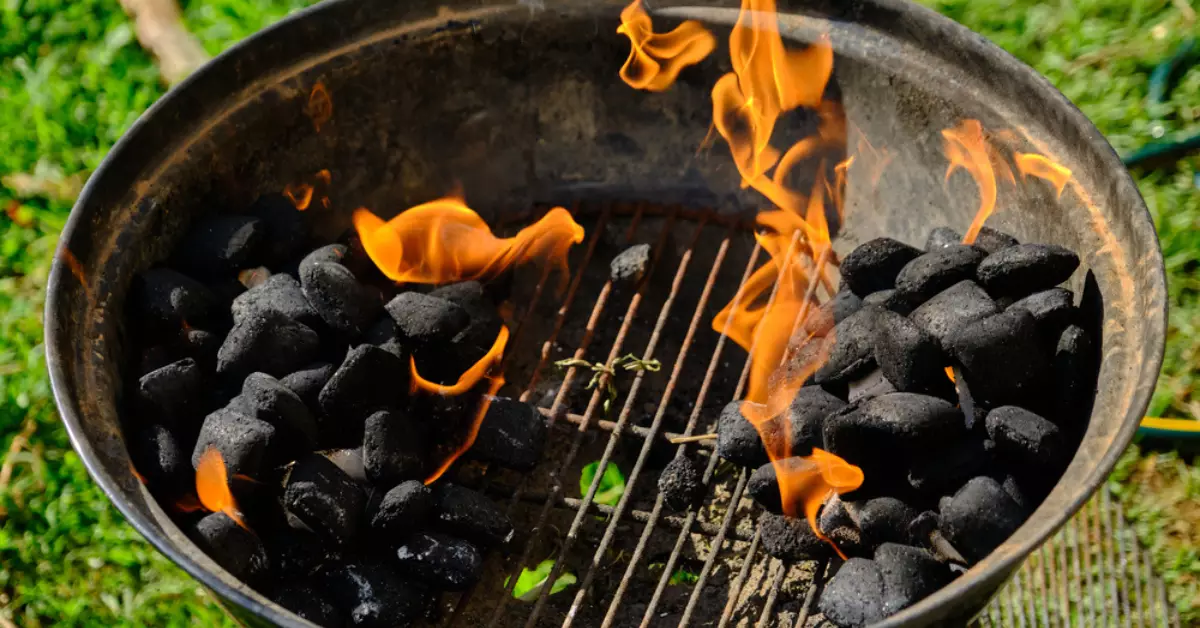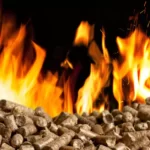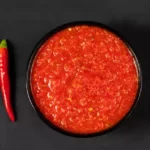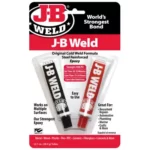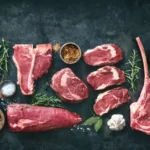The warmth of a grill is like a welcoming hug on a summer evening, the delicate dance of flames dictating the sear on your steak, the char on your veggies, and the smoky kiss on your kabobs. The fuel source behind this cooking process, whether it be heat beads or charcoal, makes a significant difference in the grilling experience and results.
Heat beads and charcoal are two prominent fuel types known for their unique heating characteristics and cooking outcomes. When it comes to burning temperatures, heat beads are engineered to provide consistent heat over an extended period, while charcoal, especially lump charcoal, is celebrated for its intense, short-lived heat.
The choice between heat beads and charcoal often depends on personal preference, the specific grilling task, and the expected outcomes. Understanding the heating characteristics of these two fuels aids in determining their optimal use and fully leveraging their unique properties.
What are Heat Beads?
Heat beads, also known as barbecue briquettes, are small, compact fuel sources made from carbonized wood, starch, and other compounds. Engineered to offer consistent and long-lasting heat, they have become a popular choice for barbecuing enthusiasts.
Benefits of Heat Beads
Consistent, Long-lasting Heat
Heat beads are renowned for their consistency and longevity. Once lit, they maintain a steady temperature, often for several hours, without the need for constant replenishment. This consistent heat makes them perfect for slow cooking and smoking where maintaining a stable temperature is crucial for tender, succulent results.
Easy to Handle and Control
Heat beads are compact, easy to handle, and they generate a predictable heat output, making it easier to control the grilling temperature. Especially for beginners in the grilling world, heat beads offer a manageable and less intimidating way to achieve delicious barbecue outcomes.
Less Smoke Production
Heat beads tend to produce less smoke than traditional charcoal, leading to a cleaner, more environmentally friendly grilling experience. This also makes them an ideal choice for people who prefer to grill indoors or in enclosed areas.
Drawbacks of Heat Beads
Longer Heat-Up Time
One of the drawbacks of using heat beads is the longer time they take to reach the cooking temperature. This might not be ideal for quick, spur-of-the-moment grilling sessions.
Lower Maximum Temperature
Heat beads generally don’t get as hot as charcoal. While they offer sufficient heat for most grilling tasks, they might not provide the intense heat needed for a quick sear on certain cuts of meat.
What Is Charcoal?
Charcoal is a traditional fuel choice for grilling and smoking. Lump charcoal, in particular, is made by burning wood in an oxygen-free environment. This process leaves behind a dense, carbon-rich product that burns hotter and faster than heat beads.
Advantages of Charcoal
Charcoal offers several benefits and drawbacks that can influence its suitability for different grilling scenarios.
High Heat Production
Charcoal, especially lump charcoal, is known for producing high heat quickly. This property makes it excellent for grilling techniques that require intense heat, such as searing steaks or achieving a crispy skin on poultry.
Smoky Flavor
Many barbecue enthusiasts swear by charcoal for the unique, smoky flavor it imparts to the food. This taste can elevate the overall barbecue experience, giving it an authentic touch.
Disadvantages of Charcoal
Shorter Burn Time
Charcoal burns out faster than heat beads. This means for long grilling sessions, you may need to replenish the charcoal, which can disrupt the cooking process and requires additional effort.
Inconsistent Heat
Charcoal, particularly lump charcoal, can burn unevenly, creating hot spots and cooler areas. This requires grillers to manage their cooking more closely, moving food around for even cooking.
Greater Smoke Production
Compared to heat beads, charcoal generates more smoke when it burns. While this can enhance the flavor of your food, it can also be a drawback for indoor grilling or in areas with smoke restrictions.
Factors to Consider When Choosing Between Heat Beads and Charcoal
Type of Cooking
Are you planning a quick, high-heat grilling session, or a slow, low-and-slow smoke? Your cooking style matters significantly. If you’re searing steaks or want a quick grill, charcoal with its high-heat fast burn could be your pick. For slow cooking or smoking, heat beads and their consistent temperature might be more suitable.
Flavor Preferences
Some grill enthusiasts enjoy the smoky flavor charcoal imparts to food. If you’re one of them, charcoal could be your best bet. However, if you prefer a cleaner taste that highlights the natural flavors of your food, consider using heat beads.
Environment and Location
The environment in which you’ll be grilling plays a role in your fuel choice. If smoke is a concern – maybe you’re grilling indoors or in a public place with restrictions – heat beads could be a better option.
Side-by-Side Comparison: Heat Beads vs Charcoal
To bring everything into perspective, let’s compare heat beads and charcoal side by side, considering their key characteristics.
Heat-Up Time
Charcoal heats up quickly and reaches high temperatures faster than heat beads.
Burn Time
Heat beads have a longer burn time and provide consistent heat for several hours.
Flavor Impact
Charcoal can add a smoky flavor to your food, while heat beads offer a clean taste.
Smoke Production
Heat beads produce less smoke compared to charcoal.
Heat Control
Heat beads provide more control over the grilling temperature, while charcoal can create hot and cool spots.
Frequently Asked Questions
Are Heat Beads Healthier Than Charcoal?
There’s no definitive answer to this question as the healthiness depends on various factors, including the type and quality of the products used. However, heat beads tend to produce less smoke and fewer volatile organic compounds (VOCs), potentially making them a cleaner option.
Can You Mix Heat Beads and Charcoal?
Yes, it’s possible to mix heat beads and charcoal. This might be beneficial in some scenarios, for example, when you want to start cooking quickly (using charcoal’s fast heat-up time) and maintain a consistent temperature over a longer period (using heat beads).
Is One More Environmentally Friendly Than the Other?
Generally, heat beads are considered more environmentally friendly because they produce less smoke and fewer pollutants. However, sustainably sourced and produced charcoal can also be a relatively eco-friendly option.
Conclusion
When it comes to choosing between heat beads and charcoal, there’s no one-size-fits-all answer. Each has its strengths and weaknesses, and the best choice depends on your specific needs and preferences.
It’s essential to consider factors like your cooking style, flavor preferences, and the environment in which you’ll be grilling. Don’t be afraid to experiment – you might find that a mix of heat beads and charcoal offers the perfect balance for your barbecuing needs.
Ultimately, whether you choose heat beads or charcoal, the joy of grilling comes from the process as much as the end product. So fire up your grill, choose your fuel, and enjoy the delicious outcomes!

